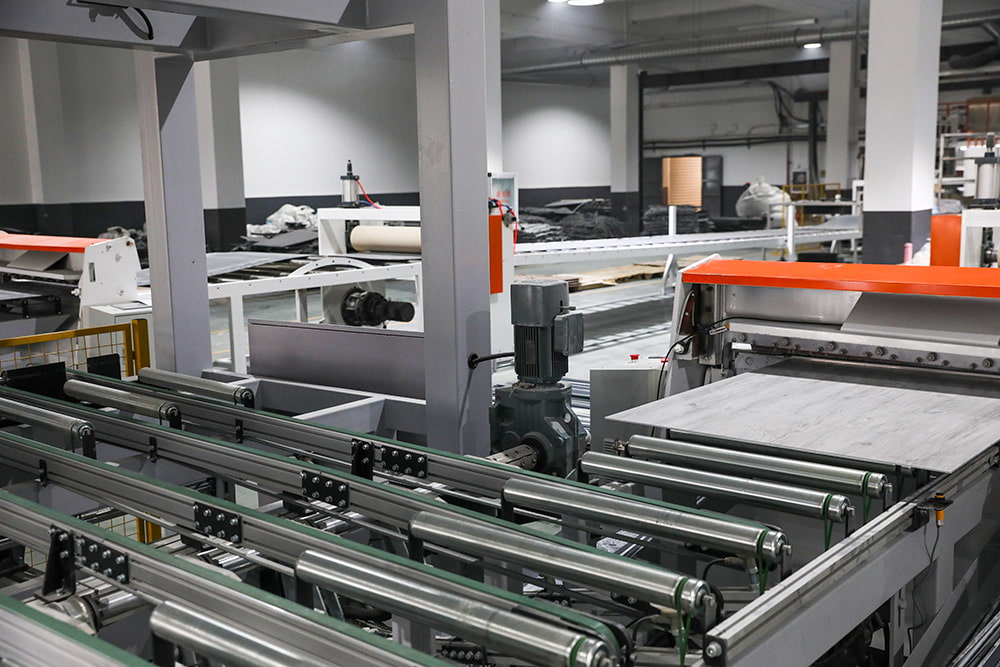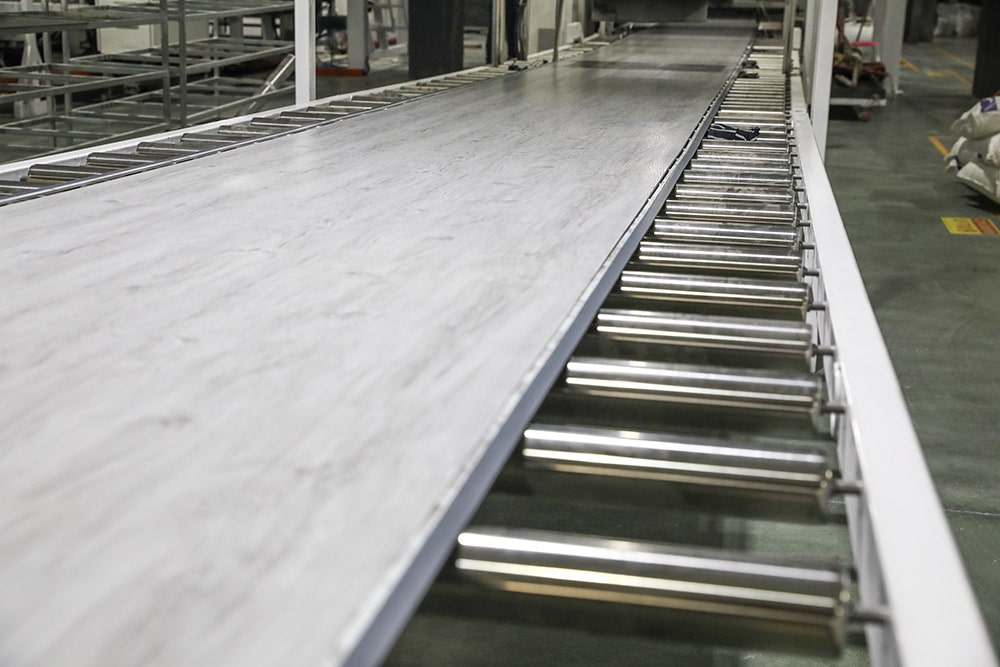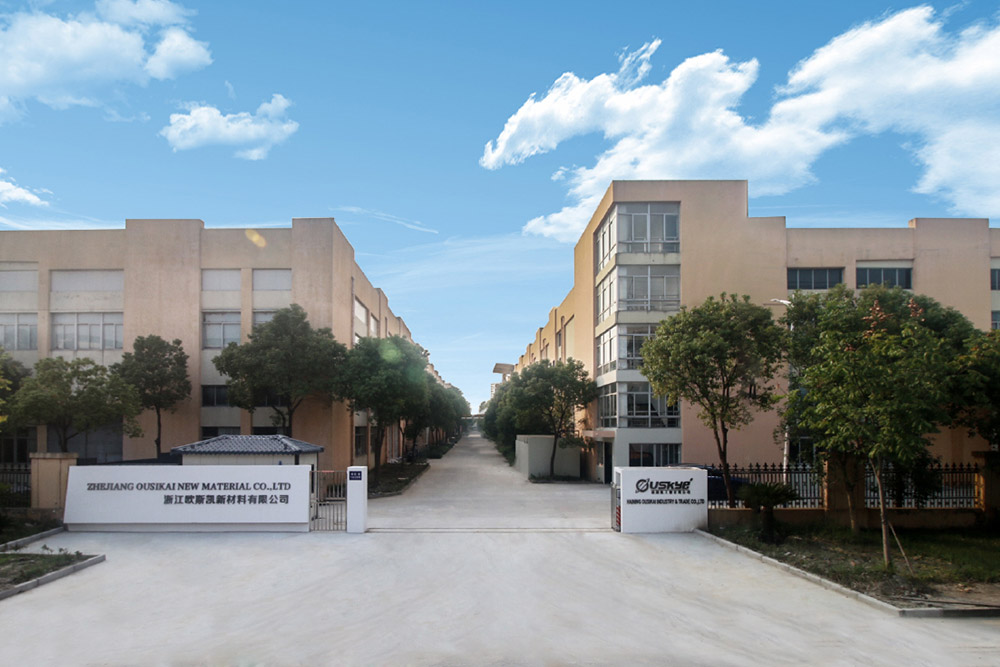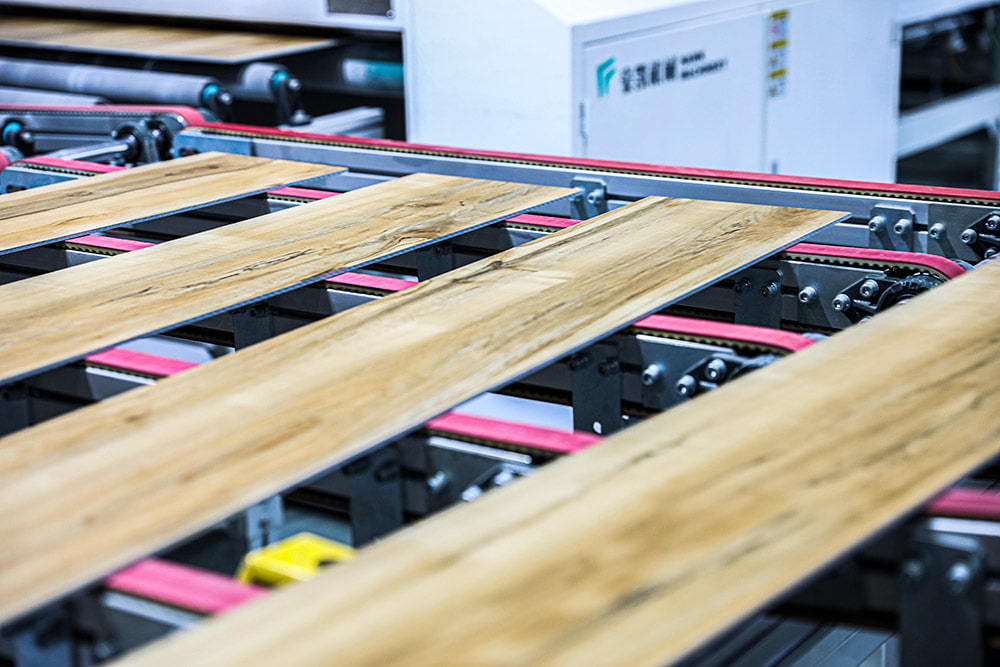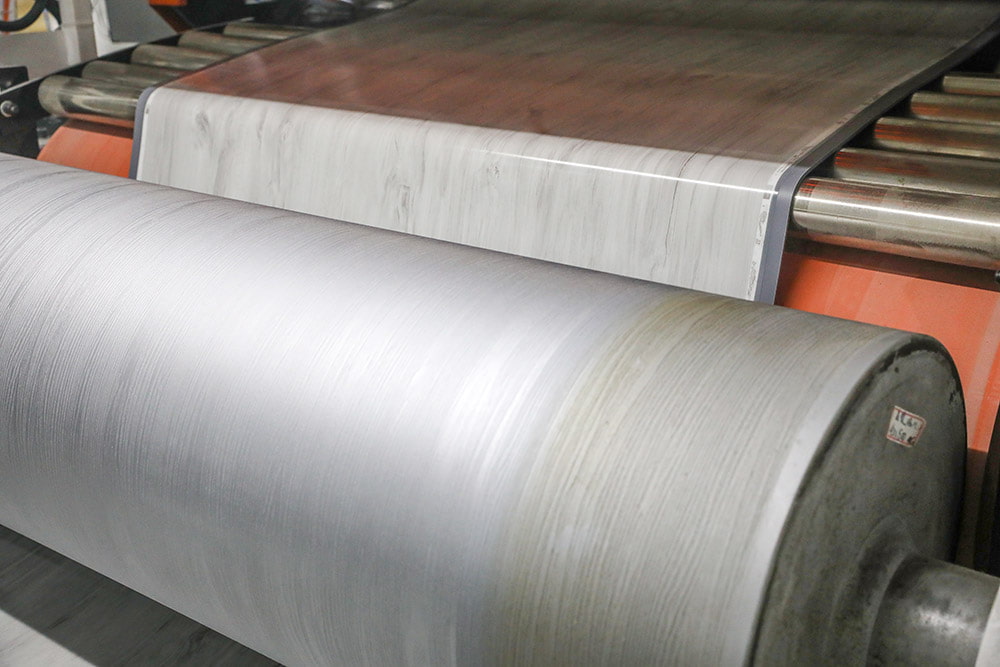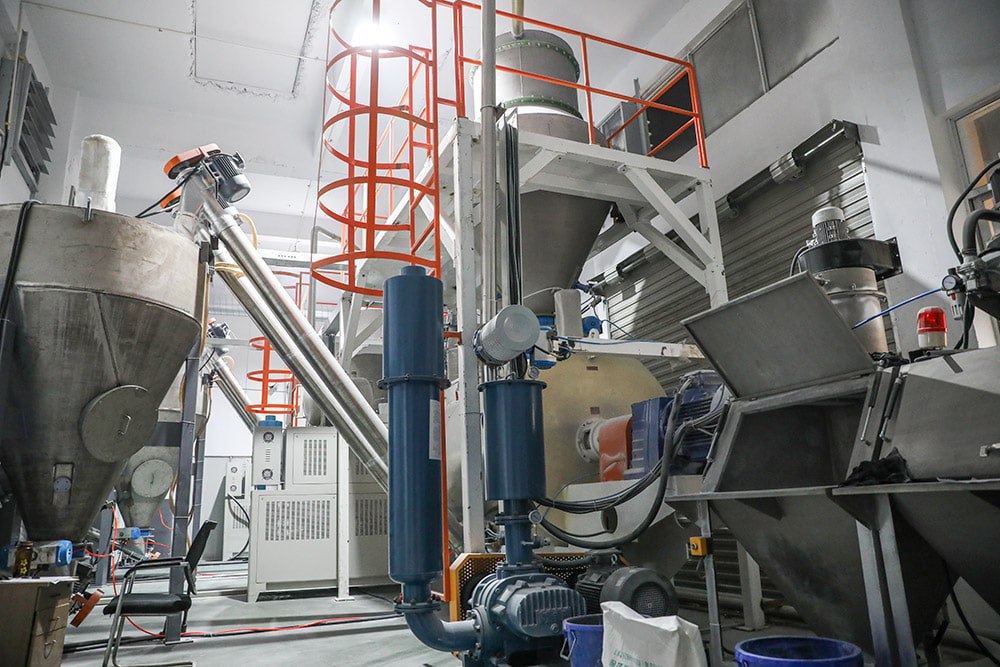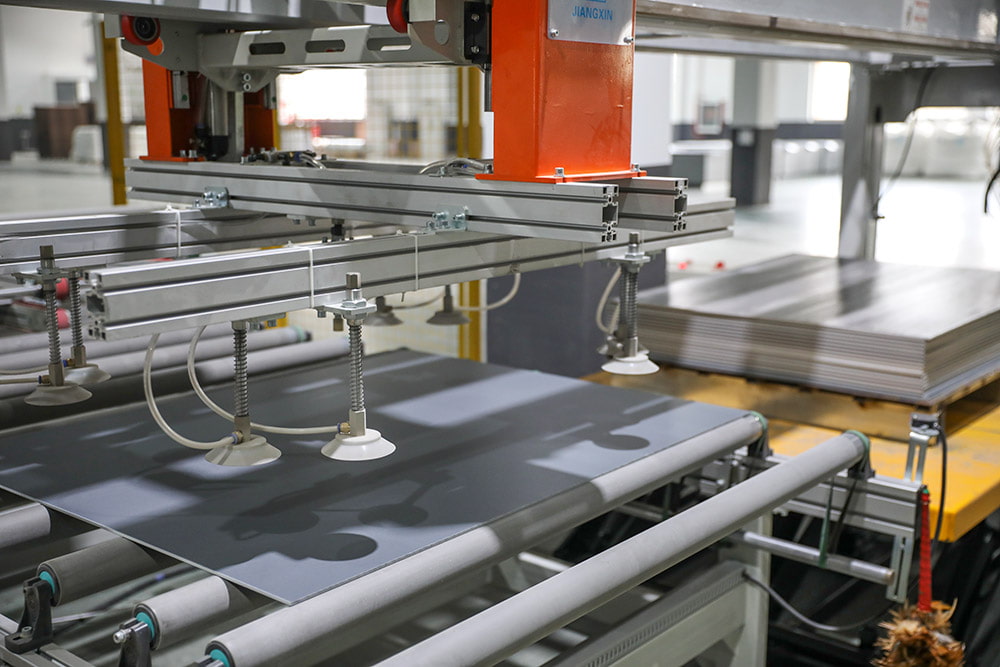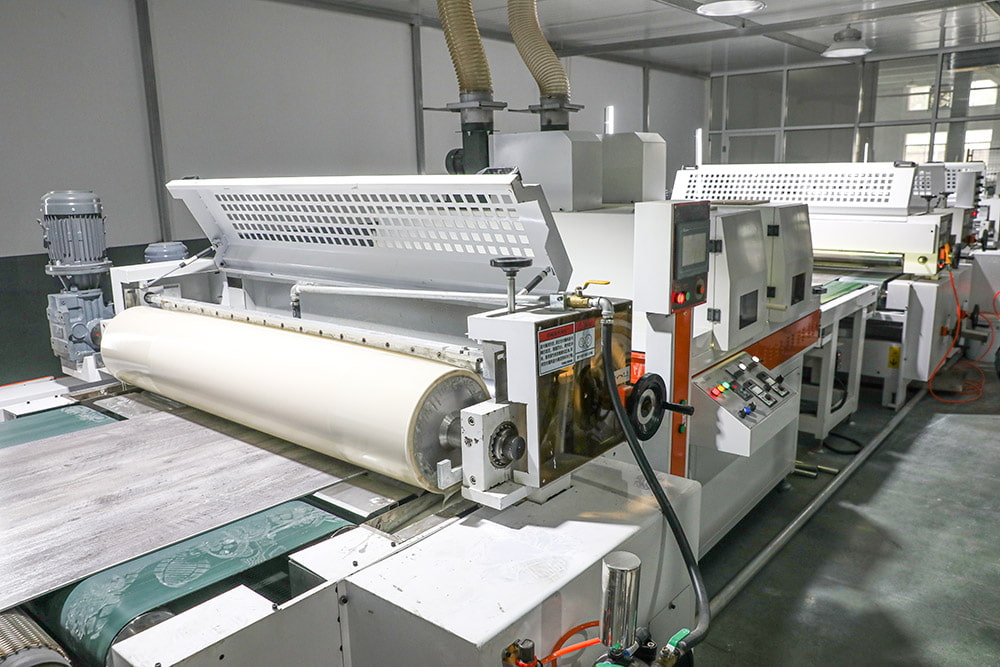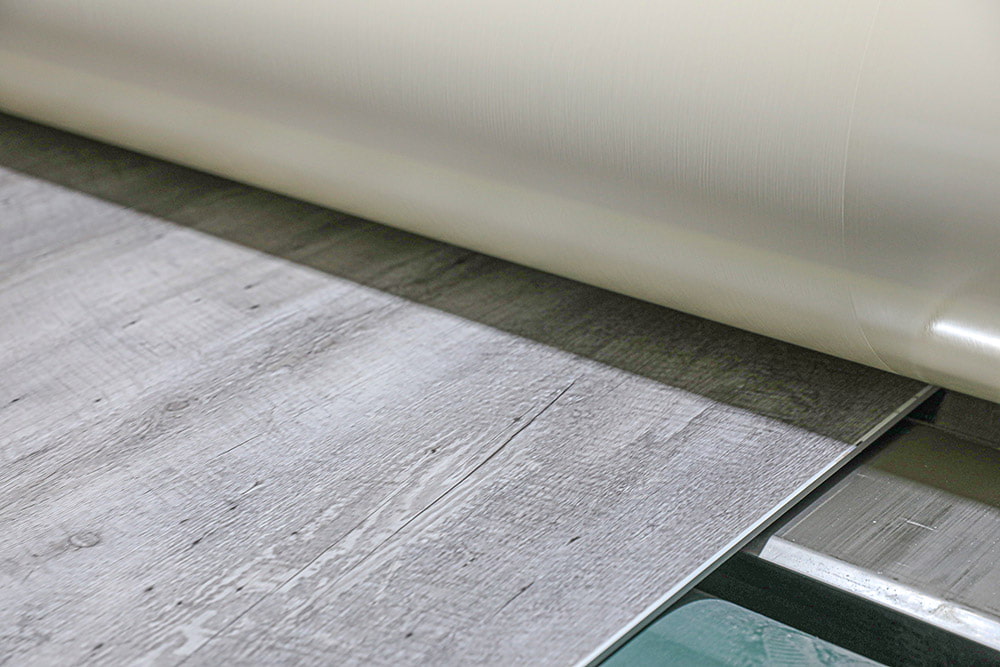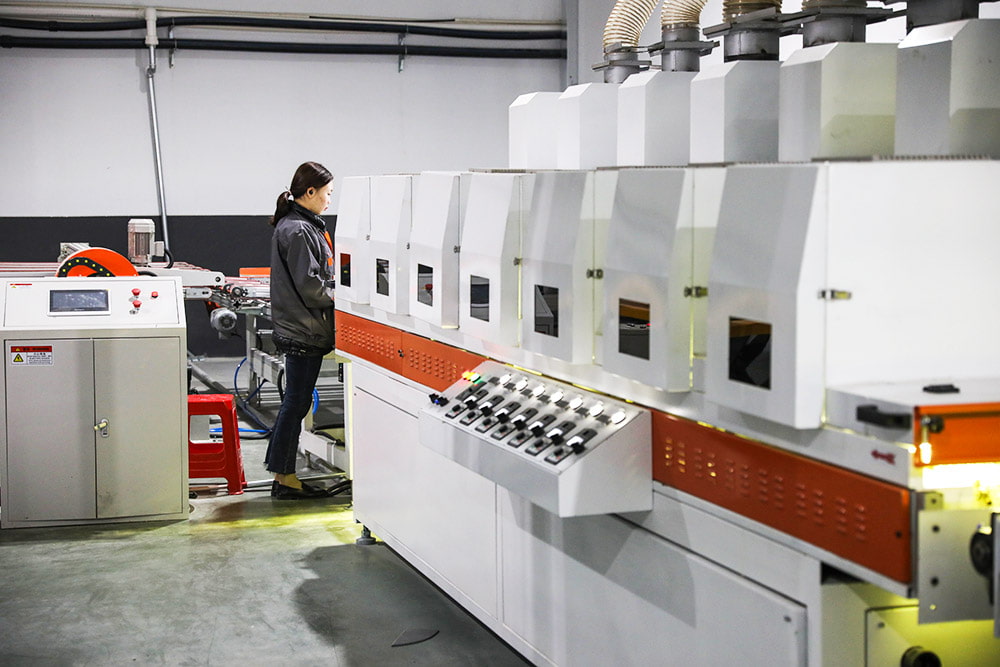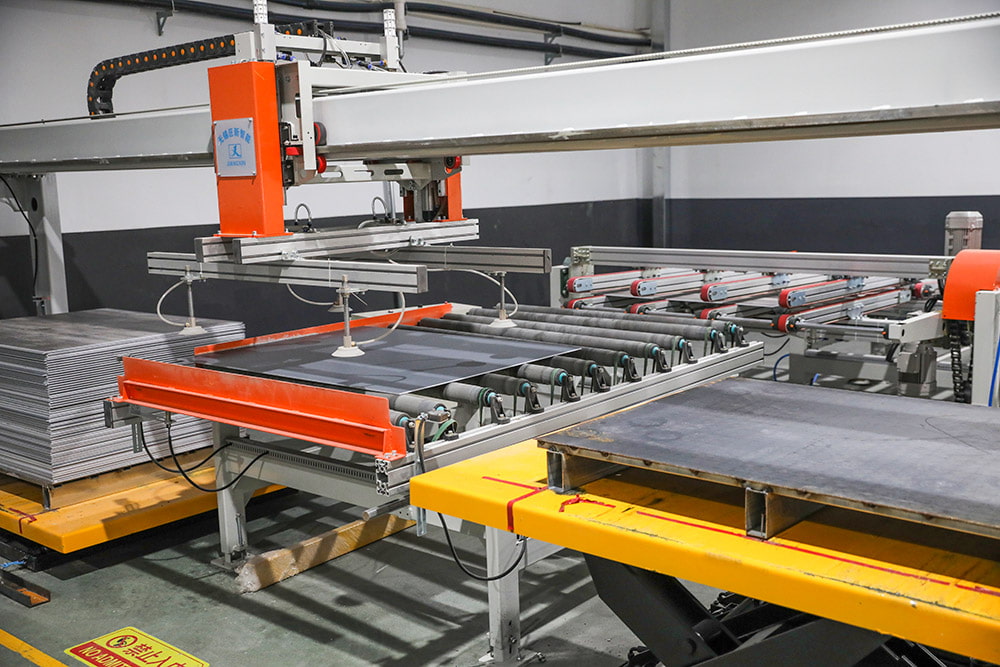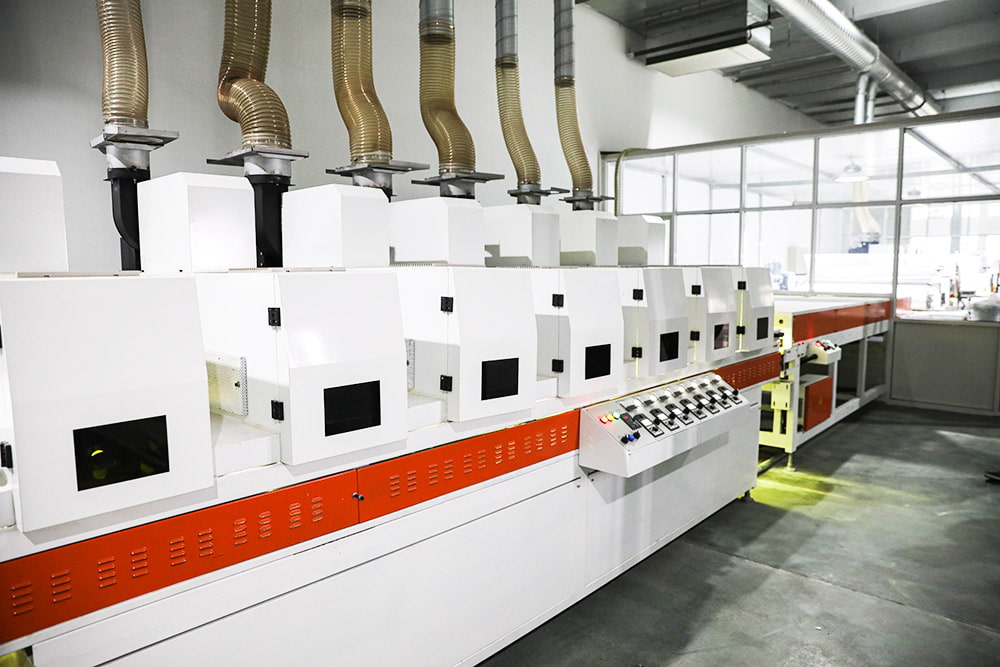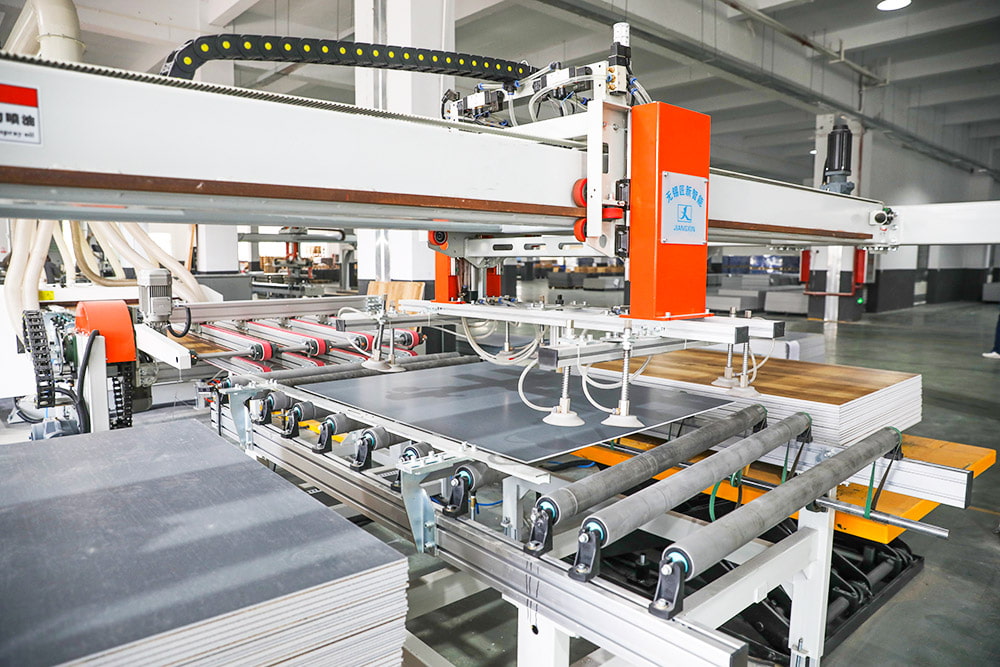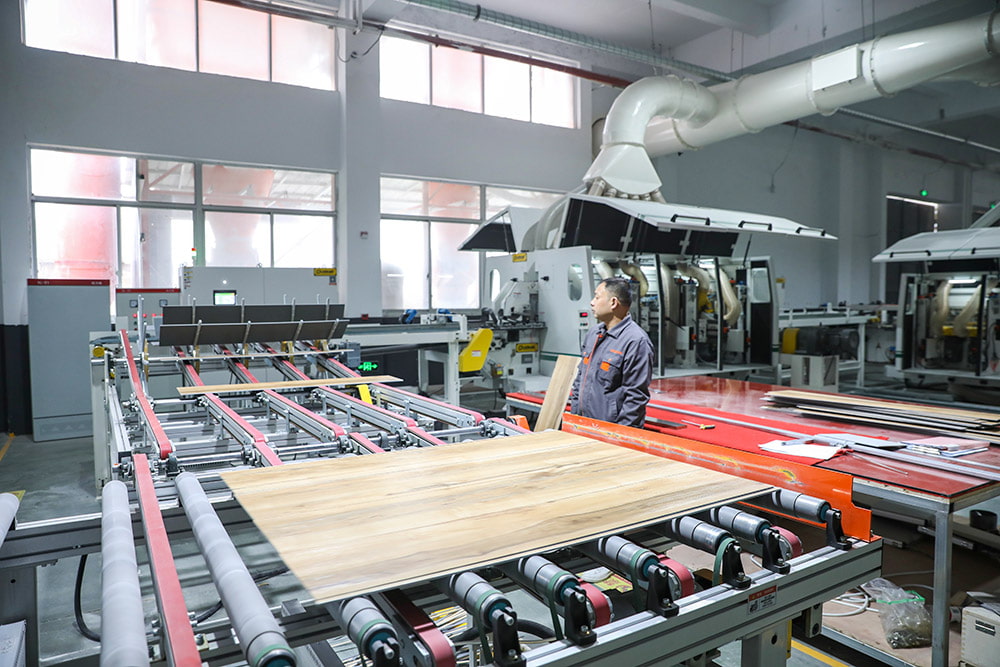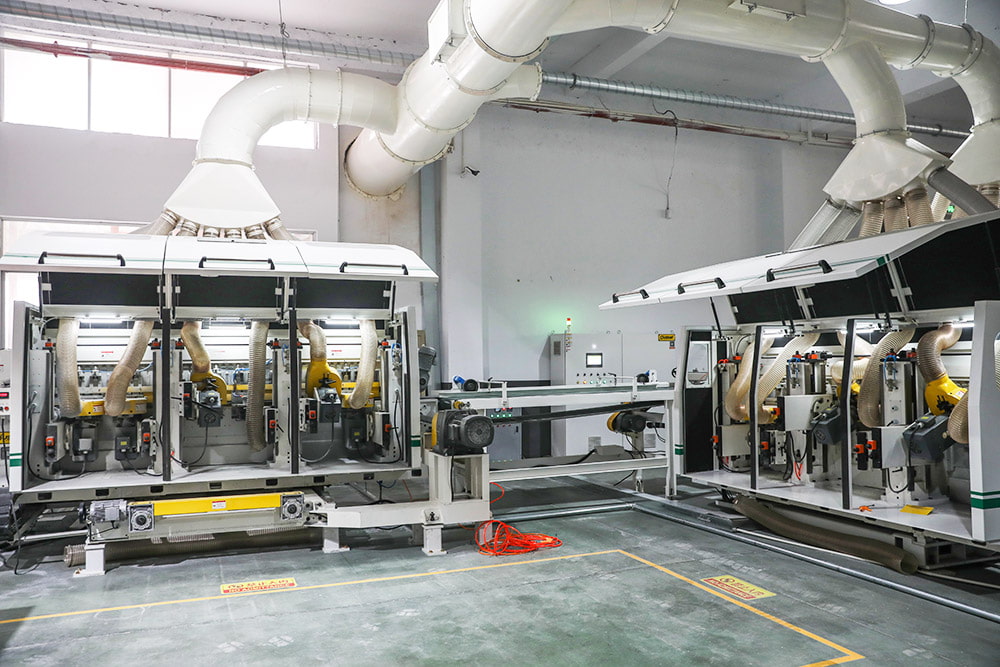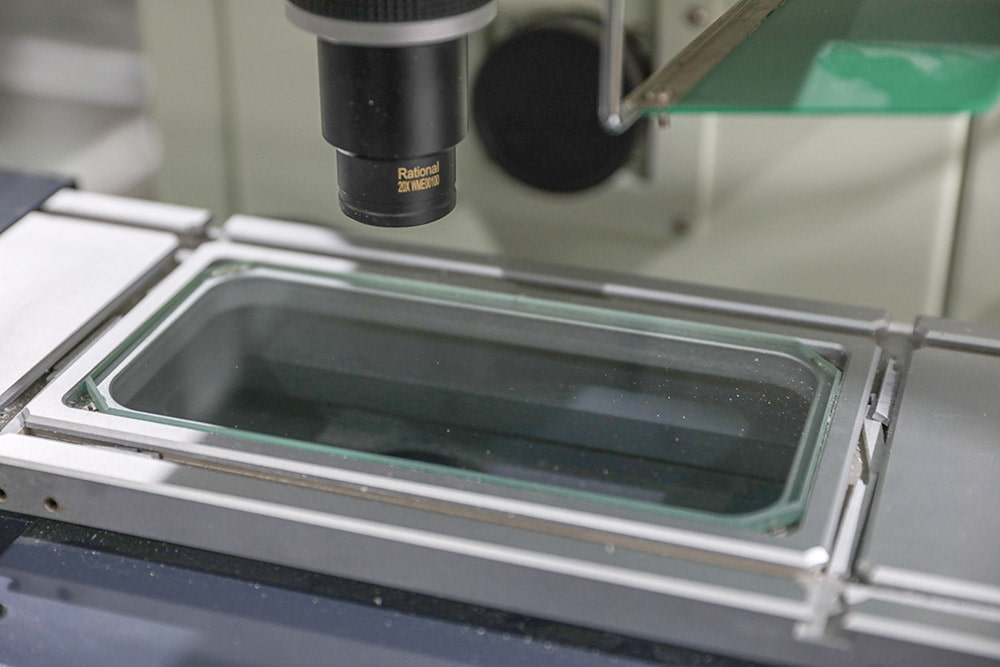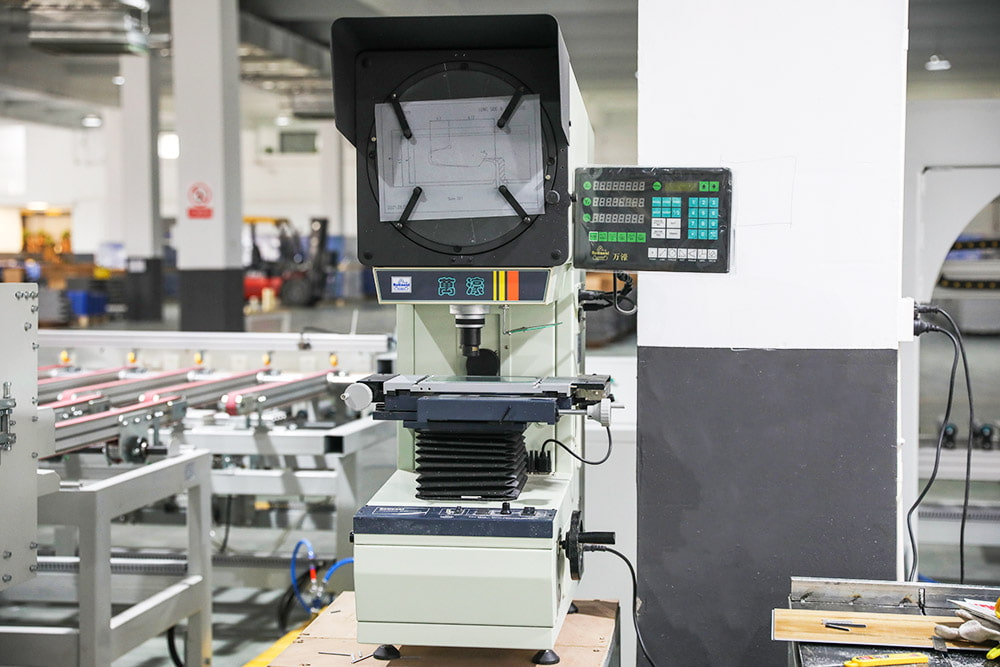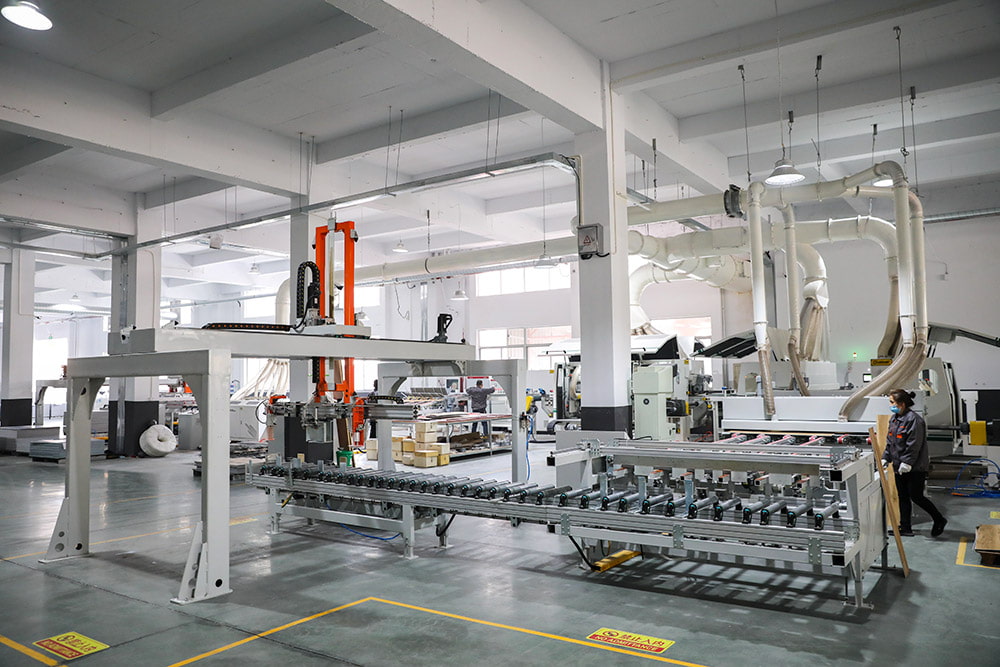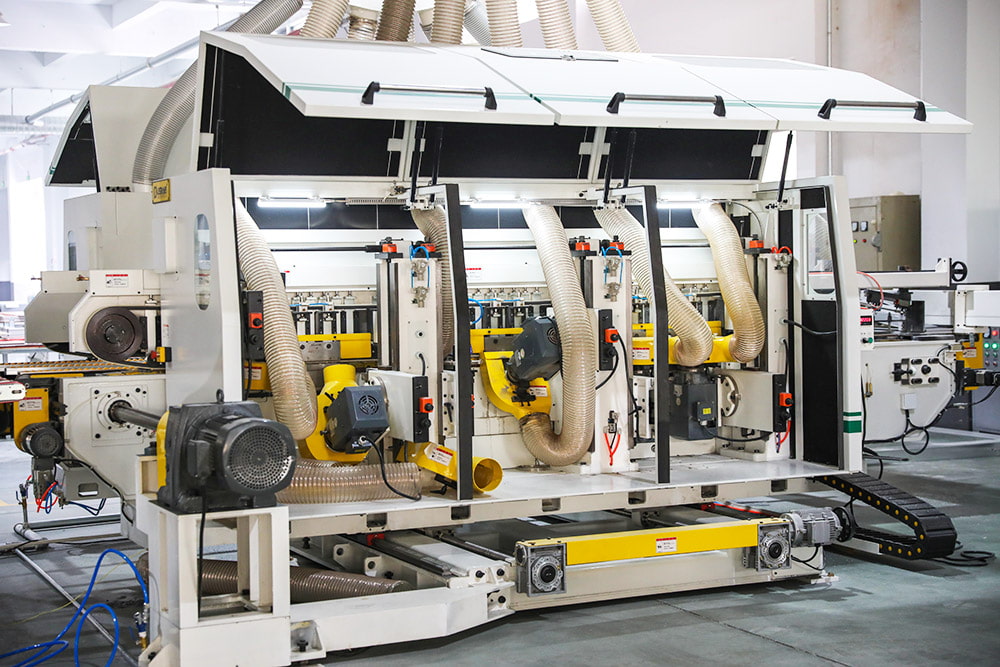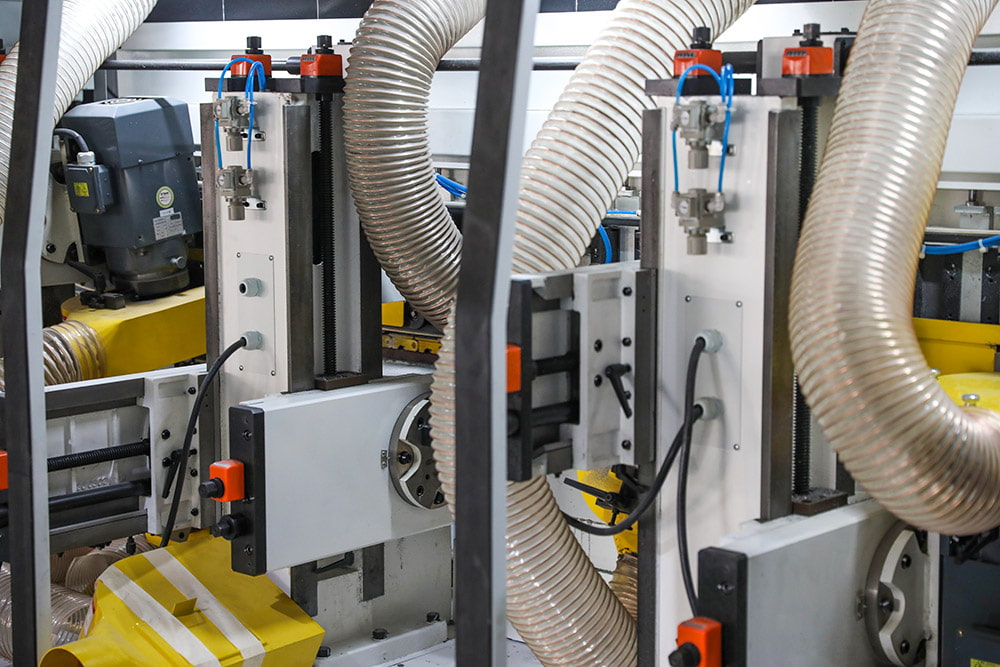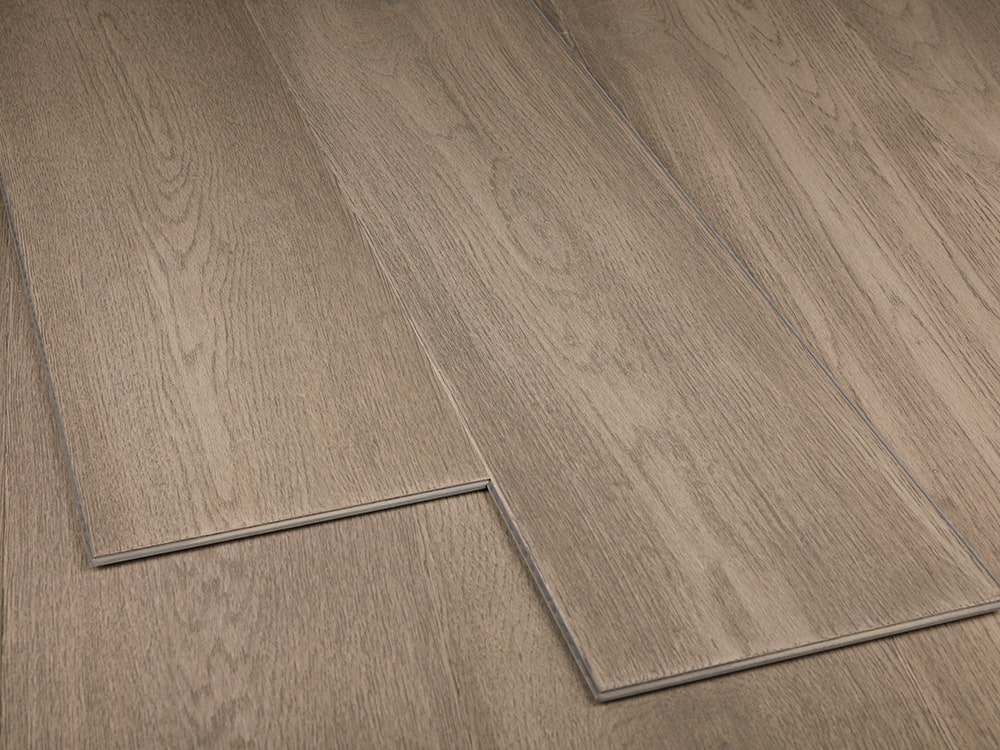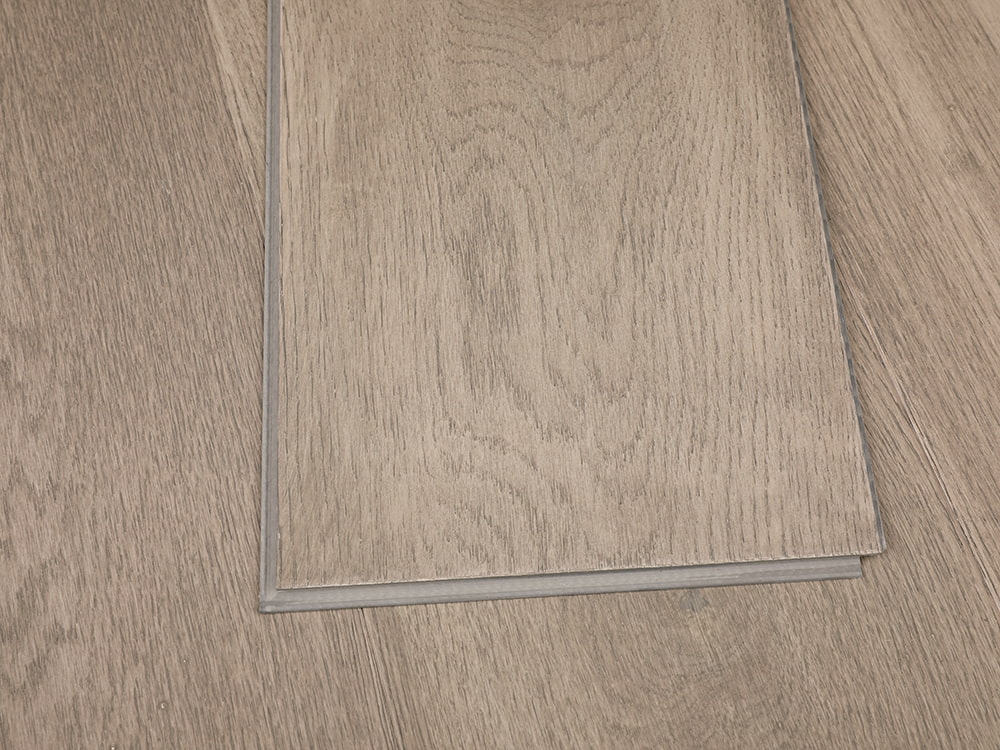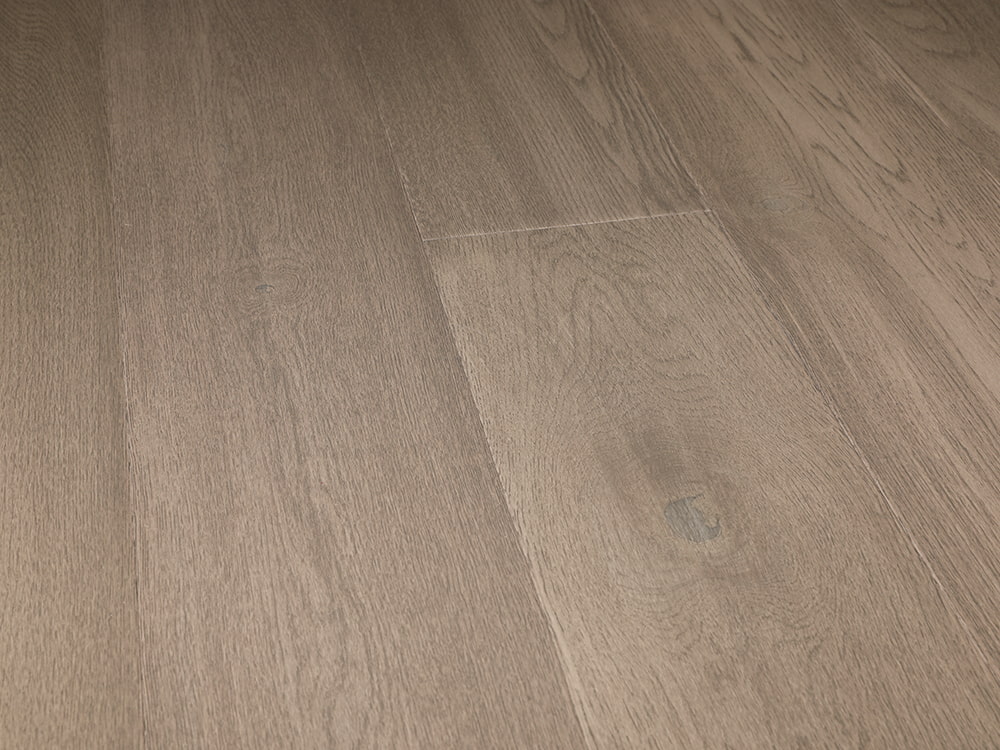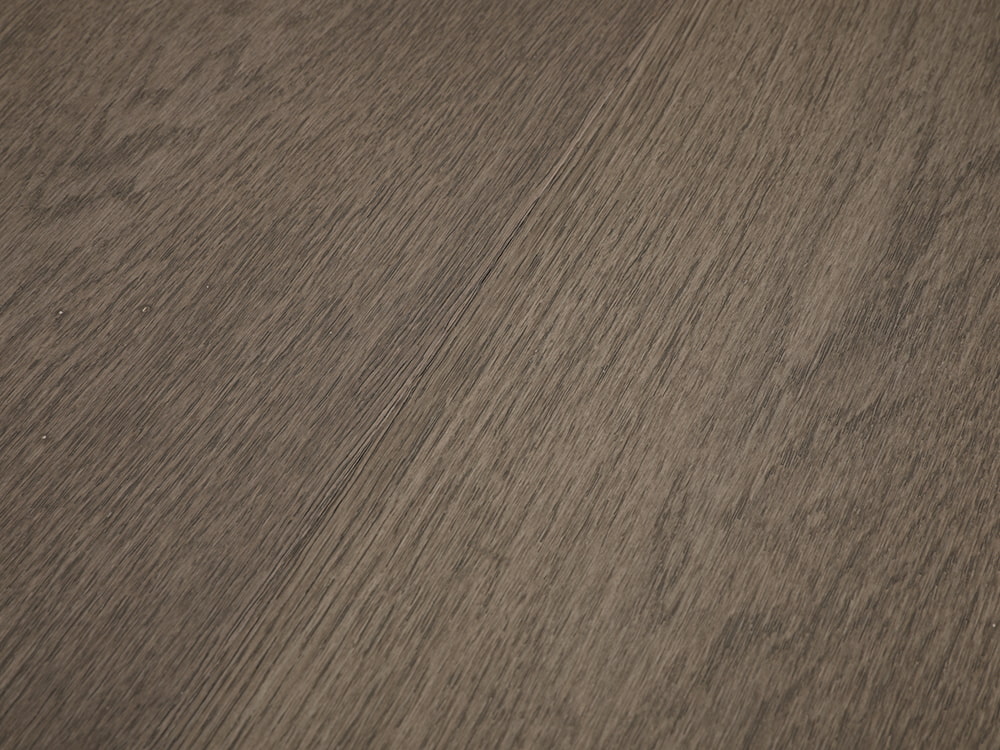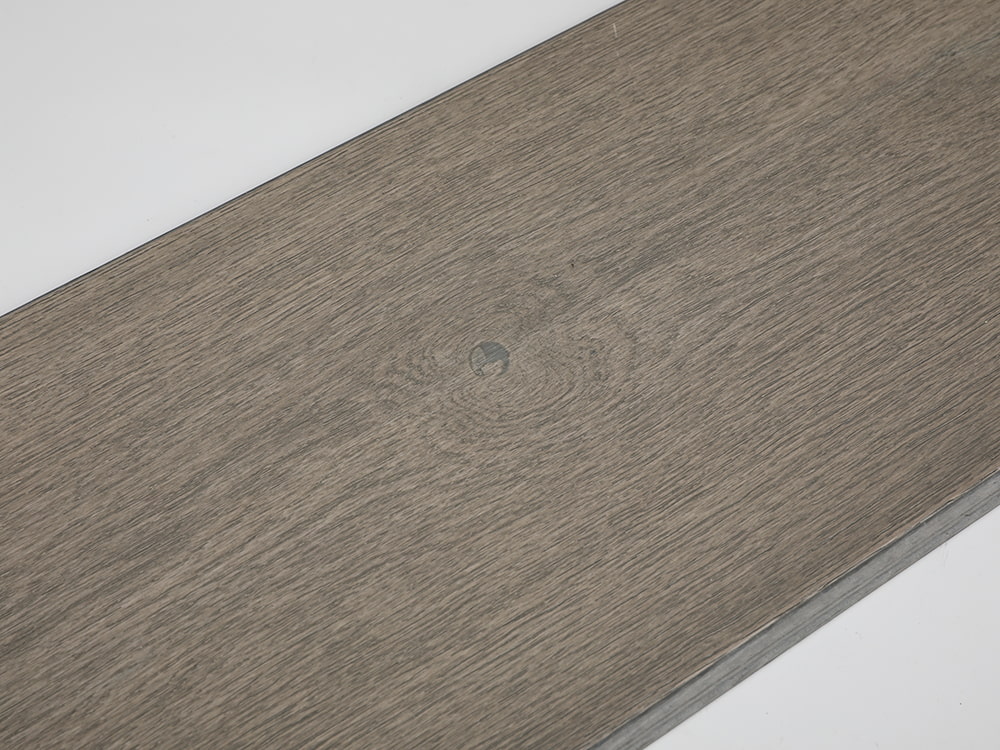 |
●The advantages of Real Wood Surface SPC Flooring , The core is made of stable rigid core stone. Its stability is higher than that of the wooden core layer. It has superior moisture-proof and fireproof performance. It is higher than other solid wood or solid wood multi-layer flooring. The solid wood is comfortable and flexible. It has good sound insulation and shock absorption. Insulation performance, no cracking, no deformation, anti-mite, anti-aging, is an upgraded product of solid wood or multi-layer floor, good thermal stability, is an environmentally friendly product. |
VSPC Flooring
News
-
2025-12-29
Ousikai SPC Flooring: Durable Rigid Core for Real Spaces
SPC Flooring (Rigid core flooring) has been showing up in more homes and buildings lately without much hype. It's become something people count on for regular rooms where life happens—foot traffic, sp...
-
2025-12-26
How Does an SPC Flooring Factory Deliver Reliable Quality
These days, rigid core SPC flooring shows up in more and more projects—home makeovers, hotel renovations, office fits, apartment buildings, you name it. People like it because it goes down quick with ...
-
2025-12-22
Is WPC Flooring the Right Choice for Your Space
In recent years, the flooring world has changed a lot because people want materials that last longer, look good, and don't hurt the environment too much. One type that has come forward is a mix of woo...
-
2025-12-19
China LVT Flooring: Reliable Solutions for Modern Projects
Flooring preferences have shifted noticeably in the past few years. Homeowners with children and pets, offices with open-plan layouts, and hotels that change carpets too often all look for surfaces th...
-
2025-12-15
Everything You Need to Know about WPC Flooring
More homeowners and designers than ever are choosing Wood Plastic Composite (WPC) flooring—and once you see it installed in real homes, it's easy to understand why. We've been supplying and installing...
-
2025-12-12
Why China LVT Flooring Continues to Rise in Demand
Luxury vinyl tile (LVT) is built in layers: a printed film that carries the wood or stone pattern, a clear protective coat on top, and a stable backing underneath. The result looks like real timber or...
-
2025-12-08
WPC Flooring Factory Innovations at Ousikai Facility
WPC Flooring Factory has revolutionized interior and exterior surfacing, blending natural aesthetics with synthetic resilience. This engineered material owes its popularity to facilities transforming ...
-
2025-12-05
How Does a WPC Flooring Factory Support Modern Projects
Wood-plastic composite (WPC) flooring has grown in popularity as an alternative to traditional wood, laminate, and vinyl flooring. These floors combine the natural appeal of wood with the durability o...
Industry knowledge
What is Veneer SPC Flooring, and how does it differ from other types of flooring materials in the industry?
Layered Construction: Veneer SPC Flooring typically consists of multiple layers, including the wood veneer layer, a PVC layer (containing limestone and plasticizers), an SPC core, and an underlayment. This layered construction provides a balance of strength, stability, and aesthetics.
Realistic Wood Look: The top layer features a high-quality wood veneer that is designed to mimic the appearance of real hardwood. This provides an authentic wood look and feel, making it an attractive choice for those who want the aesthetics of hardwood without the associated maintenance.
Water and Moisture Resistance: Like traditional SPC flooring, Veneer SPC is highly resistant to water and moisture. This makes it suitable for use in areas prone to spills, humidity, or dampness, such as kitchens and bathrooms.
What types of wood veneer are commonly used in Veneer SPC Flooring?
Oak: Oak veneer is popular due to its prominent grain pattern and versatility in design. Red oak and white oak are both common choices.
Maple: Maple veneer offers a smoother and more consistent appearance with a subtle grain pattern. It's known for its light, creamy color.
Hickory: Hickory veneer features a distinct, rustic appearance with prominent grain and color variations, often appreciated for its character.
Walnut: Walnut veneer is chosen for its rich, dark color and distinctive grain pattern, which can provide a more luxurious and upscale appearance.
Cherry: Cherry veneer offers a warm, reddish-brown color with a smooth, fine grain pattern. It's associated with a classic and elegant look.

 English
English 中文简体
中文简体 Español
Español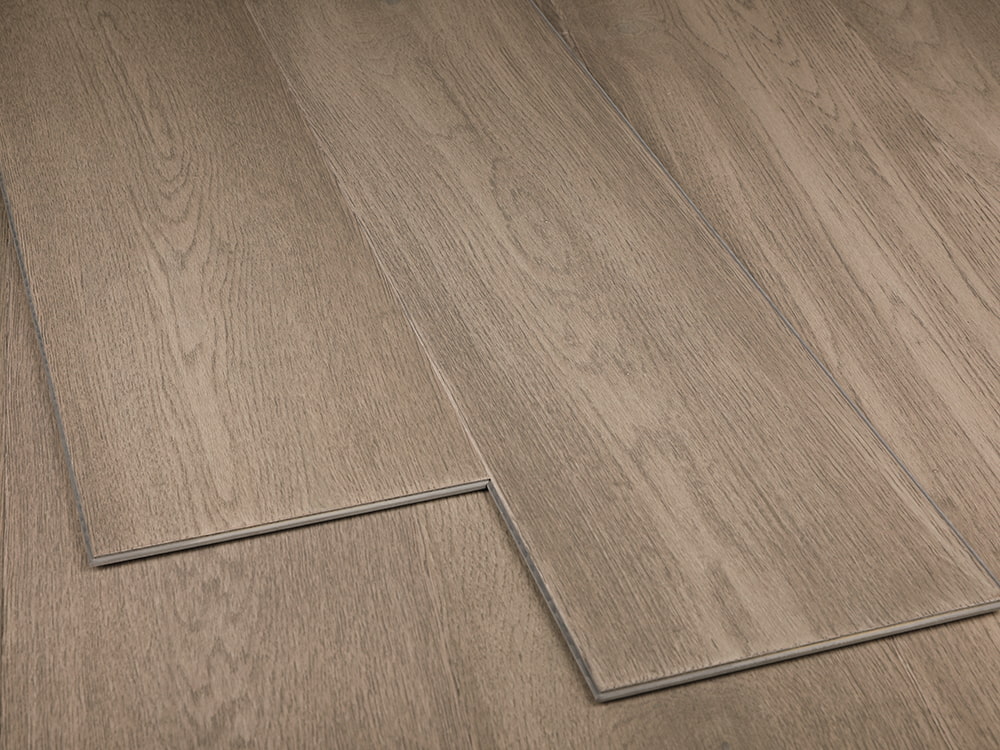


 Quality
Quality Multiformity
Multiformity Capacity
Capacity Service
Service Shipment
Shipment

